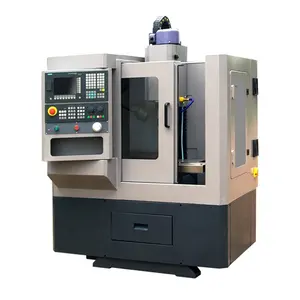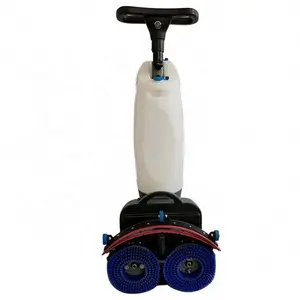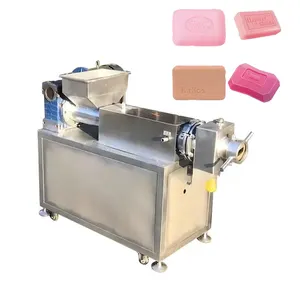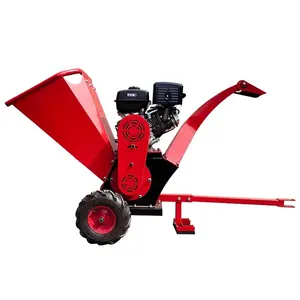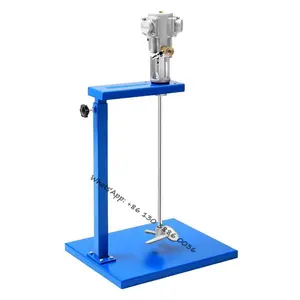Popular in your industry








































































Related Searches:



























































































































































Top categories
About friction washer
A friction washer is a vital component of many industrial processes. It is designed to efficiently clean and remove contaminants from various materials, such as plastics and other recyclable materials, through controlled friction. Friction washers are commonly used in the plastics recycling industry to ensure the quality and purity of the recycled materials. The primary function of a friction washer is to utilize the mechanical force generated by friction to dislodge and wash away contaminants, such as dirt, labels, adhesives, and processing residues, from the surface of the material being processed. This process helps in achieving the desired level of cleanliness and improving the overall quality of the material.
Types of a Friction Washer
The most common type of friction washer is the horizontal friction washer, which features a horizontal rotating drum or vessel. It is typically used in the plastics recycling industry to clean and remove contaminants from plastic flakes or other materials. Another type is the vertical friction washer, which has a vertical configuration and is often used for washing and dewatering rigid plastics, such as containers and bottles. Additionally, there are specialized low friction washers that are designed for specific applications and materials. These may include high-speed friction washers for processing large volumes of materials quickly and efficiently, as well as custom-designed friction washers for specific industries or unique material requirements.
Materials Suitable for a Friction Washer
A friction washer plastic is usually used to clean and wash plastic materials. Many types of plastic materials can be effectively processed in a friction washer, including PET (polyethylene terephthalate), HDPE (high-density polyethylene), PP (polypropylene), PVC (polyvinyl chloride), and more. These materials can be in various forms, such as flakes, films, and even rigid containers. The versatility of friction washers makes them suitable for handling a wide range of plastic materials. It is important to note that the specific material compatibility may vary based on the design and specifications of the friction washer, so it is essential to select the appropriate equipment based on the material being processed.
Operation of a Friction Washer
The operation of a friction washer involves several key steps. First, the material to be cleaned, such as plastic flakes, is fed into the washer through a controlled inlet. Next, water or a cleaning solution is introduced into the washer to create a slurry or mixture with the material. The drum of the friction washer is then set into motion, creating friction between the material and the inner surfaces of the washer. This friction helps dislodge and remove contaminants from the material. During the washing process, the material and the cleaning solution continuously agitate within the washer, ensuring thorough cleaning. The friction washing process is often followed by rinsing with water to remove any remaining contaminants and cleaning solution. Finally, the washed material is discharged from the washer for further processing or drying.
